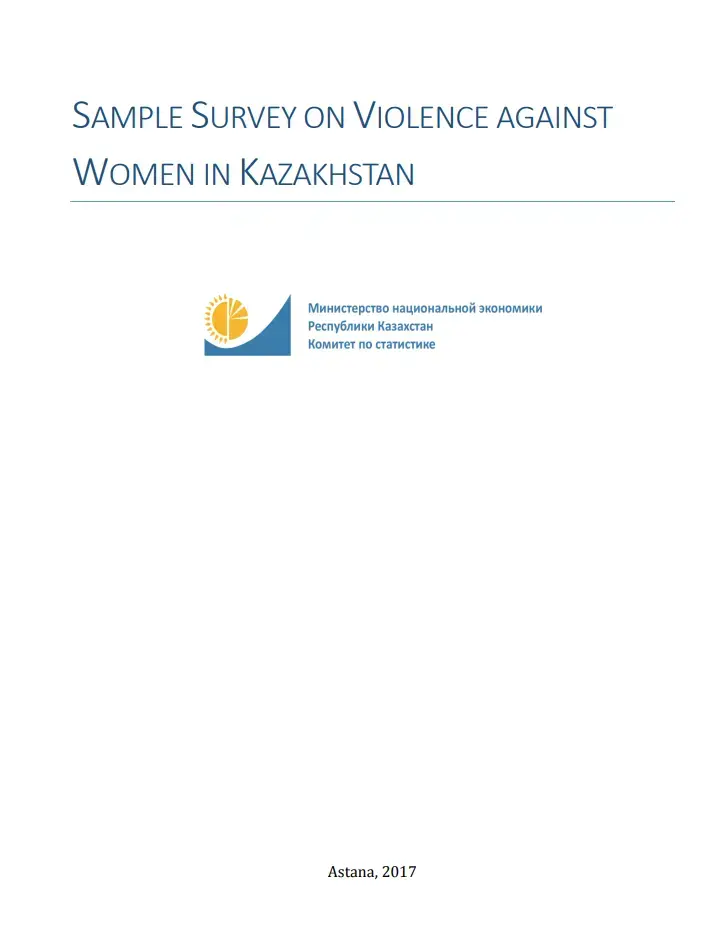Commonly known that violence against women in a variety of forms and manifestations is a violation of human rights and fundamental freedoms. Violence against women impacts women across the world, regardless of age, class, race, and ethnicity. According to recent estimates, 30 percent of women aged 15 years or older globally have experienced physical and/or sexual intimate partner violence during their lifetime. It is the leading cause of homicide death in women globally and has many other major health consequences. The economic and social costs associated with violence against women are significant, and global evidence shows that violence consistently undermines development efforts at various levels, driving the depreciation of physical, human, and social capital.
Along with many other UN member-states, Kazakhstan joined almost all key international obligations in the field of gender equality, including Sustainable Development Goals until 2030 where one of the key objectives of Goal 5 is to eliminate violence against women. Violence prevention and control in Kazakhstan's society is one of the crucial priorities in the national policy and refers to commitments undertaken by Kazakhstan and currently implemented on the national level. At present, under auspices of the National Committee on Women and Family and Demographic Policy under the President of Kazakhstan, the Prosecutor General Office is actively involved into Kazakhstan Free of Violence Project that has joined forces of all governmental stakeholders, nongovernmental and international organizations. This effort resulted in the development of a package of measures to prevent violence; strengthened inter-agency collaboration and monitoring of efficient implementation of measures; and ultimately proposals to develop new legislation on domestic violence prevention.


